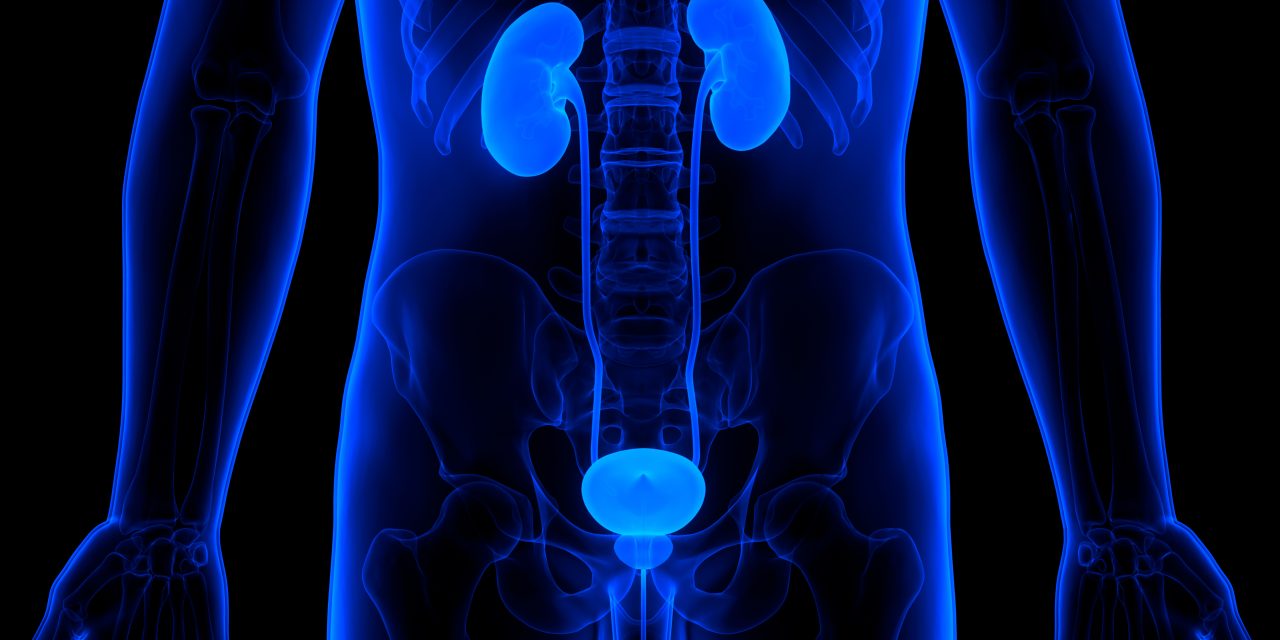This study states that Spatial and worldly improvement at various locales is a clinical trait of bladder malignancy, and the frequencies of its essence at different intravesical destinations at the hour of conclusion and intravesical repeat after complete endoscopic resection of obvious sores are high. The standard therapy for nonmuscle-obtrusive bladder disease (NMIBC) is endoscopic transurethral resection of the bladder tumor, however it has been accounted for that intravesical repeat happens inside 2 years after activity in ∼50% of cases. Moreover, the repeat rates at the first cystoscopy after TUR-BT change broadly among establishments, and the analytic precision likewise shifts as indicated by contrasts in the urologist’s ability and experience.
Cystoscopy is fundamental for diagnosing bladder disease and noticing the course, yet sores are ignored during perception under white-light imaging (WLI) in 10%–20% of cases.5,6 The revealed affectability and particularity of finding under WLI are ∼60% and 70%,7 individually, and it is hard to distinguish the development of level sores going with level sort tumors and raised sores of tumors with a little breadth and carcinoma in situ. Endoscopic strategies, for example, limited band imaging (NBI) and photodynamic determination (PDD), have been created to improve perceivability of bladder malignancies, and their convenience has been demonstrated8–12; nonetheless, WLI is as yet the essential strategy for perception. Imaging determination using man-made reasoning (AI) has as of late been created in the field of medication.
Reference link- https://www.liebertpub.com/doi/10.1089/end.2019.0509


